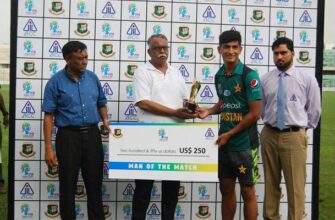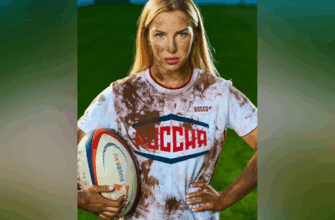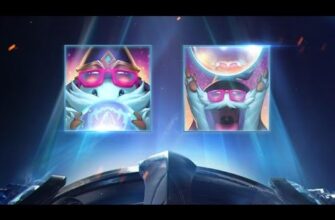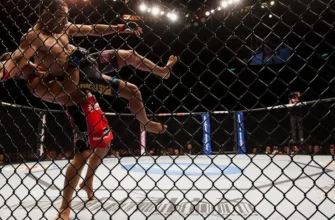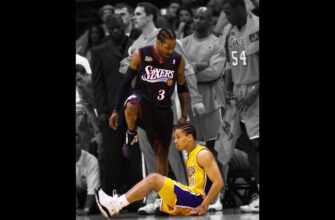While the 2025 NBA free agency period might not be remembered for earth-shattering blockbusters, a deeper look reveals a series of strategic maneuvers and unexpected returns that are subtly, yet significantly, reshaping the league`s landscape. Forget the fireworks; this offseason has been all about calculated risks and quiet consolidations.
The Giants Who Stood Still: Stars Opt for Continuity
Contrary to the usual frenzy where marquee names test the open market, the 2025 free agency class witnessed its biggest potential disruptors choosing stability over fresh starts. This trend, arguably the defining characteristic of the period, meant a significant portion of the league`s elite decided to stick with their current employers, effectively defusing much of the anticipated drama before it even began.
Leading this charge was none other than **LeBron James**, who opted into his formidable $52.6 million player option for the 2025-26 season with the Los Angeles Lakers. This decision, while expected by some, cemented his immediate future and avoided a speculative feeding frenzy. Similarly, the Los Angeles Clippers secured **James Harden** with a two-year, $81.5 million deal, ensuring their star guard remains in the fold. The Dallas Mavericks kept **Kyrie Irving** on a three-year, $119 million contract, reinforcing their backcourt.
Further demonstrating this inclination towards continuity, **Julius Randle** and **Naz Reid** both committed long-term to the Minnesota Timberwolves, securing their formidable frontcourt. Meanwhile, **Fred VanVleet** also agreed to a new two-year, $50 million deal with the Houston Rockets. In essence, the biggest free agency story might just be who *isn`t* a free agent, a testament to teams prioritizing existing chemistry and stars finding comfortable, lucrative homes.
The Return of a Prodigal Point Guard: Chris Paul to the Clippers
Amidst the widespread continuity, one move did manage to capture significant attention, largely due to its nostalgic appeal: **Chris Paul**’s agreement to a one-year deal to return to the Los Angeles Clippers. For “The Point God,” this marks his 21st NBA season, a testament to his enduring career and strategic brilliance.
Paul`s return to the Clippers is more than just a veteran signing; it`s a narrative full circle. After his initial impactful tenure, he rejoins a team aiming to contend, adding an invaluable layer of veteran leadership and playmaking. His presence, alongside additions like Brook Lopez and Bradley Beal, suggests the Clippers are doubling down on experience, perhaps acknowledging that sometimes, the past isn`t just a memory, but a potential blueprint for the future.
It`s an intriguing gambit for a team already laden with seasoned talent. Paul`s strategic mind and passing prowess, even at 40 years old, could prove instrumental, though the challenge of integrating another high-usage player into an already star-studded lineup remains a fascinating subplot.
The Unsigned Few: Restricted Free Agents in Limbo
While the big names largely settled, the free agency period hasn`t been entirely devoid of suspense. A handful of notable players remain unsigned, particularly within the **restricted free agency** market. These players, still under the control of their incumbent teams, await either an offer sheet from another franchise (which their current team can match) or a new deal from their original club.
Prominently among these are **Jonathan Kuminga** of the Golden State Warriors and **Josh Giddey** of the Chicago Bulls. Both are promising young talents whose market value and future roles are still being negotiated. They are joined by **Quentin Grimes** of the Philadelphia 76ers and **Cam Thomas** of the Brooklyn Nets, all of whom face similar standstills. Their situations highlight the strategic chess game of restricted free agency, where teams balance player development with salary cap flexibility.
Other Key Movements and Lingering Questions
Beyond the headline figures, numerous players made significant, if less heralded, moves that will impact their respective teams:
- **Myles Turner** made a notable shift from the Indiana Pacers to the Milwaukee Bucks on a four-year, $107 million deal, bolstering Milwaukee`s interior defense.
- The Lakers continued their roster fine-tuning by acquiring **Deandre Ayton** from the Portland Trail Blazers for a two-year, $16.6 million deal, adding depth at center.
- **Nickeil Alexander-Walker** moved from the Timberwolves to the Atlanta Hawks on a four-year, $62 million contract.
- **Dorian Finney-Smith** secured a four-year, $53 million deal, relocating from the Lakers to the Houston Rockets.
- The Sacramento Kings brought in veteran guard **Dennis Schroder** on a three-year, $15 million deal, and **Tyus Jones** signed a one-year, $7 million deal with the Orlando Magic, adding savvy to their backcourts.
- On the unsigned front, veterans like **Al Horford** (Boston Celtics) remain unrestricted free agents, patiently awaiting their next destinations.
One peculiar situation involves **Malik Beasley**, who remains an unrestricted free agent amidst a federal gambling investigation. This unusual circumstance underscores the diverse challenges and considerations teams face beyond mere on-court performance.
The 2025 NBA Free Agency, while lacking the typical star-studded carousel, has been a masterclass in strategic roster building and continuity. The emphasis has shifted from chasing new superstars to retaining existing talent and making targeted, often veteran, additions. The remaining restricted free agents provide a lingering element of intrigue, reminding us that even in a quiet market, the NBA always finds a way to keep fans guessing.

